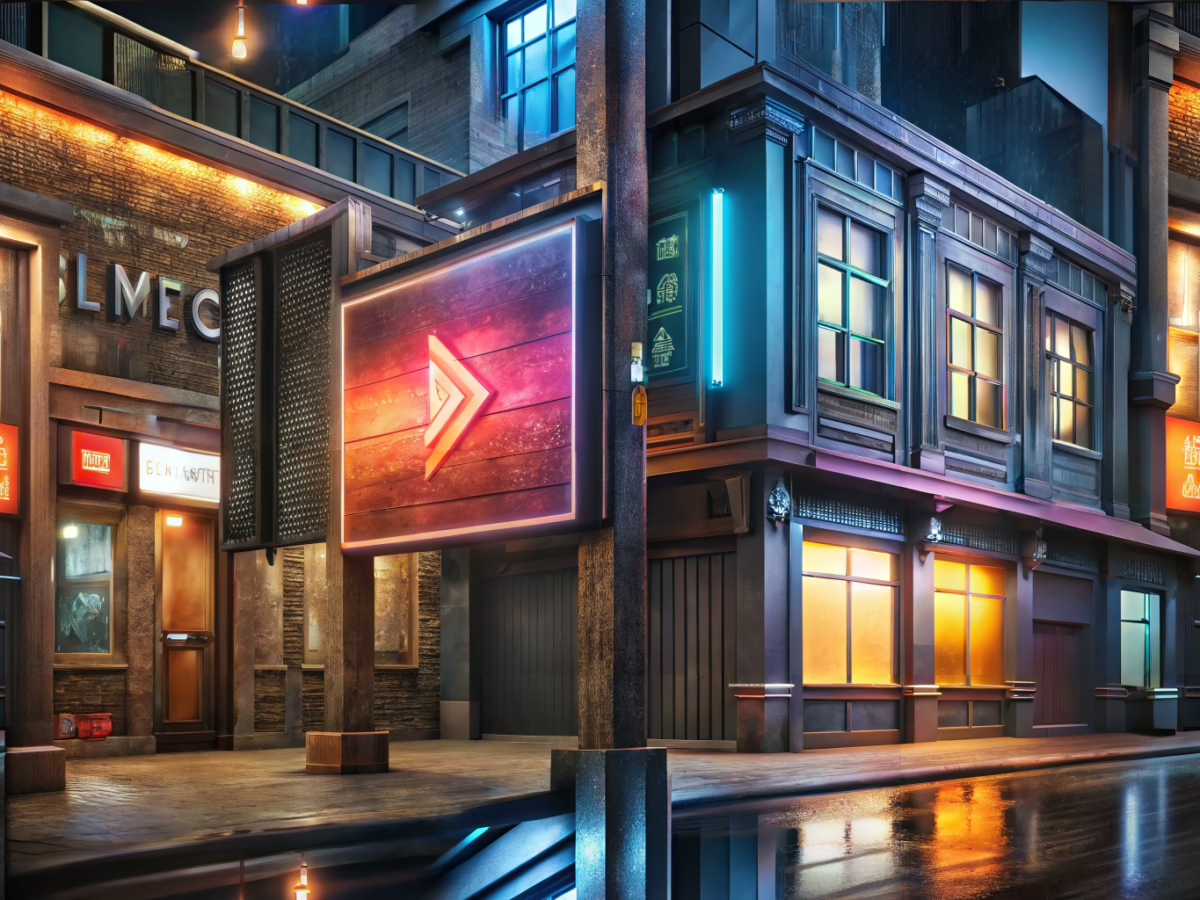Unveiling the Truth: Are Digital Signs Really More Expensive Than Traditional Ones?
The Signage Dilemma: Digital vs. Traditional
In the vibrant world of business signage, a question often sparks debate: Are digital signs truly more expensive than their traditional counterparts? Let’s embark on a journey to unravel the myths and facts surrounding the costs of digital signage. By diving into the details, we can help you make informed decisions about which type of signage best suits your business needs.
The Initial Investment: A Closer Look
It’s a common belief that digital signage is synonymous with high costs due to its advanced technology. While it’s true that traditional signs generally come with a lower initial price tag, digital signage does require a more substantial upfront investment for digital displays and software. However, this initial expense is just one piece of the puzzle. Consider the long-term benefits and potential return on investment (ROI) that digital signage can offer. Businesses should take a holistic view of their budget plans before deciding on the right signage type.
Maintenance and Updates: The Cost-Effectiveness Factor
There’s a myth that traditional signage is more cost-effective because it doesn’t involve tech-related expenses. In reality, traditional signs can rack up costs for physical updates and repairs over time. On the flip side, digital signage allows for seamless content updates and generally incurs lower maintenance expenses. To make a savvy choice, businesses should conduct a side-by-side comparison of digital versus traditional signage costs.
Energy Efficiency: A Hidden Gem
Many assume digital signage is a drain on energy resources. However, modern digital signs, especially LED displays, are crafted to be energy-efficient, slashing operating costs significantly. When analyzing digital signage pricing, energy savings should be a key consideration, as they can enhance the long-term financial outlook.
The Numbers Speak: Data and Expert Opinions
Industry statistics reveal a compelling story: digital signage often boasts a lower cost per thousand impressions (CPM), making it a cost-effective solution for reaching a broader audience. Experts in the field highlight the economic perks of digital signage, emphasizing its dynamic content flexibility and heightened audience engagement, which contribute to a superior long-term ROI.
Sustainability: A Green Advantage
Digital signage shines in the sustainability arena by reducing waste associated with frequent physical updates. This eco-friendly benefit is increasingly vital for businesses striving to minimize their ecological footprint.
The Verdict: Weighing the Options
In conclusion, while digital signage may demand a higher initial investment, its cost-effective maintenance, energy efficiency, and sustainable benefits make it an attractive option for many businesses. We encourage you to evaluate your signage needs through a comprehensive cost analysis, considering both immediate expenses and long-term savings. By demystifying the myths and facts about digital and traditional signage, businesses can make informed decisions that align with their financial goals and sustainability objectives. Whether you’re drawn to the dynamic allure of digital or the classic charm of traditional, understanding the full picture will guide you to the best choice for your business.
For expert guidance on digital and custom signage solutions, contact our team at Michigan Custom Signs today!

